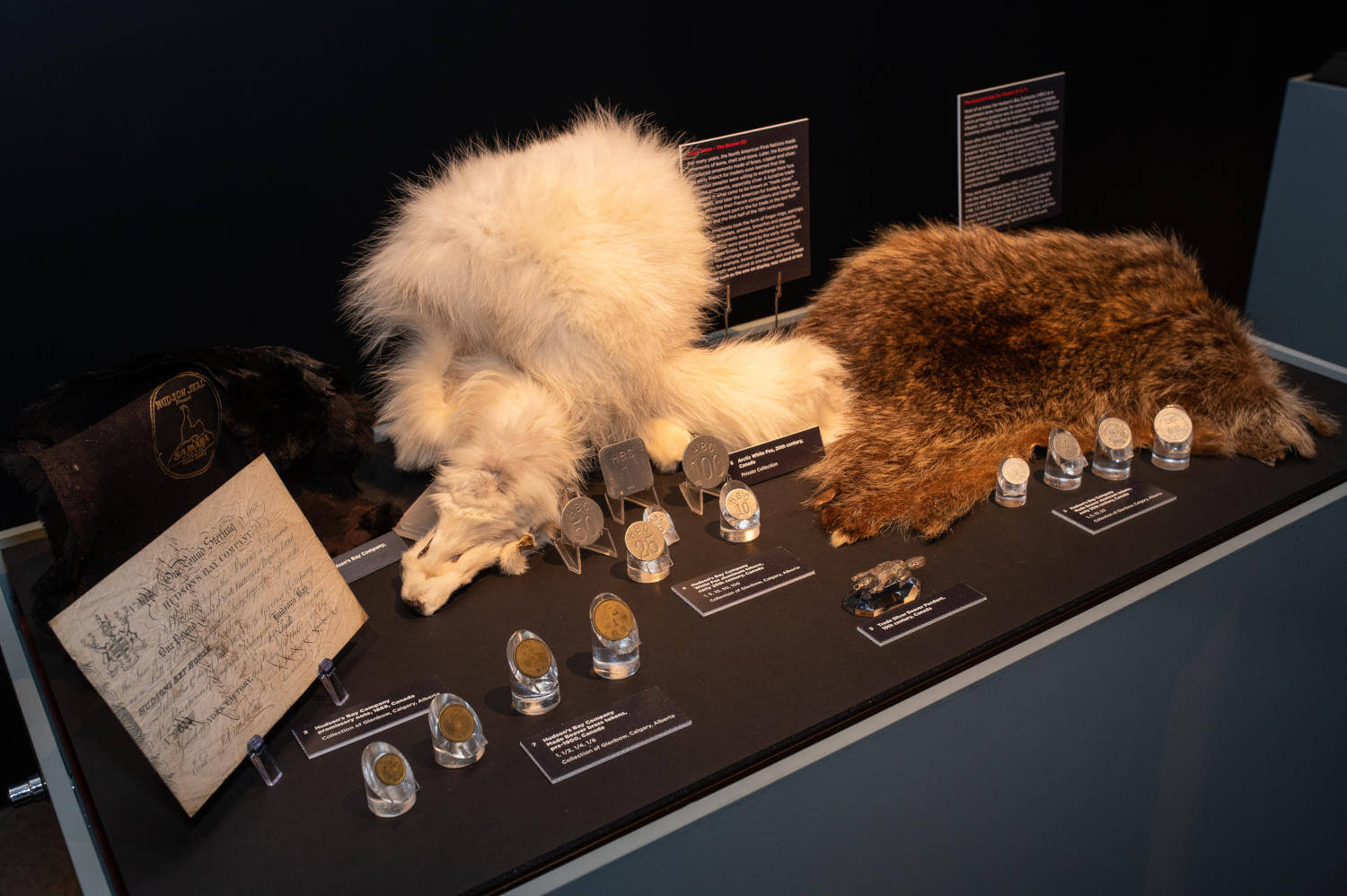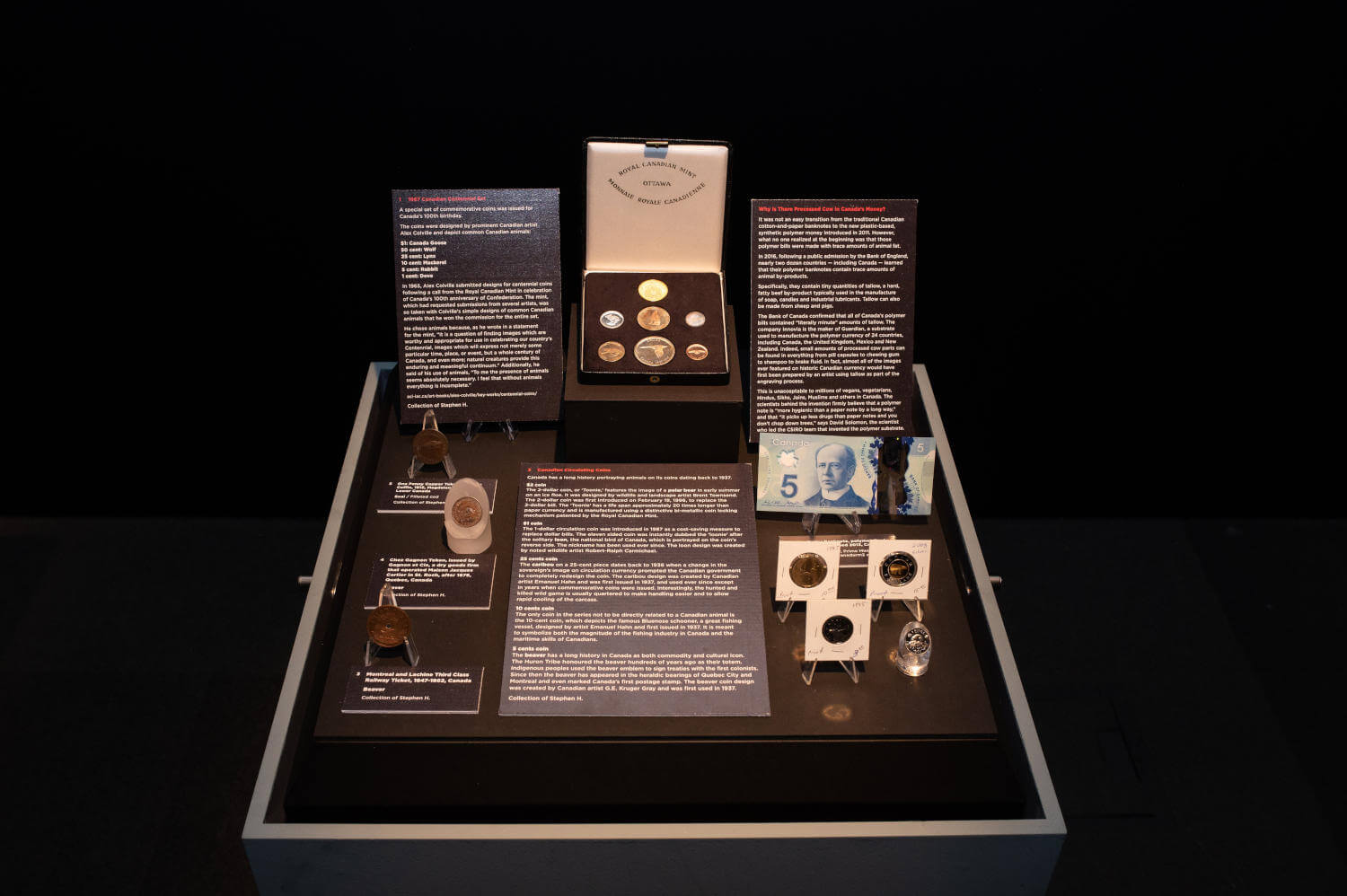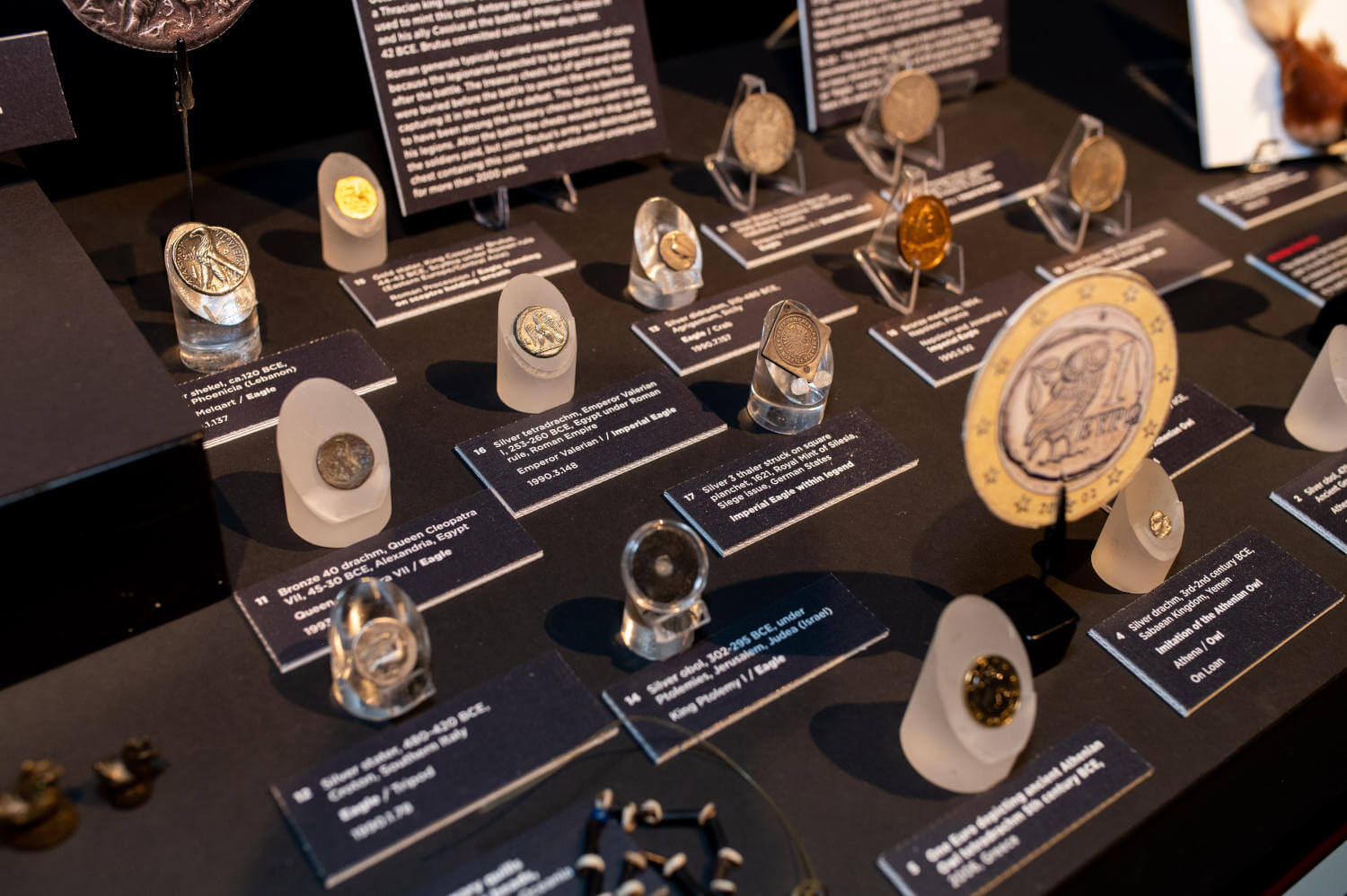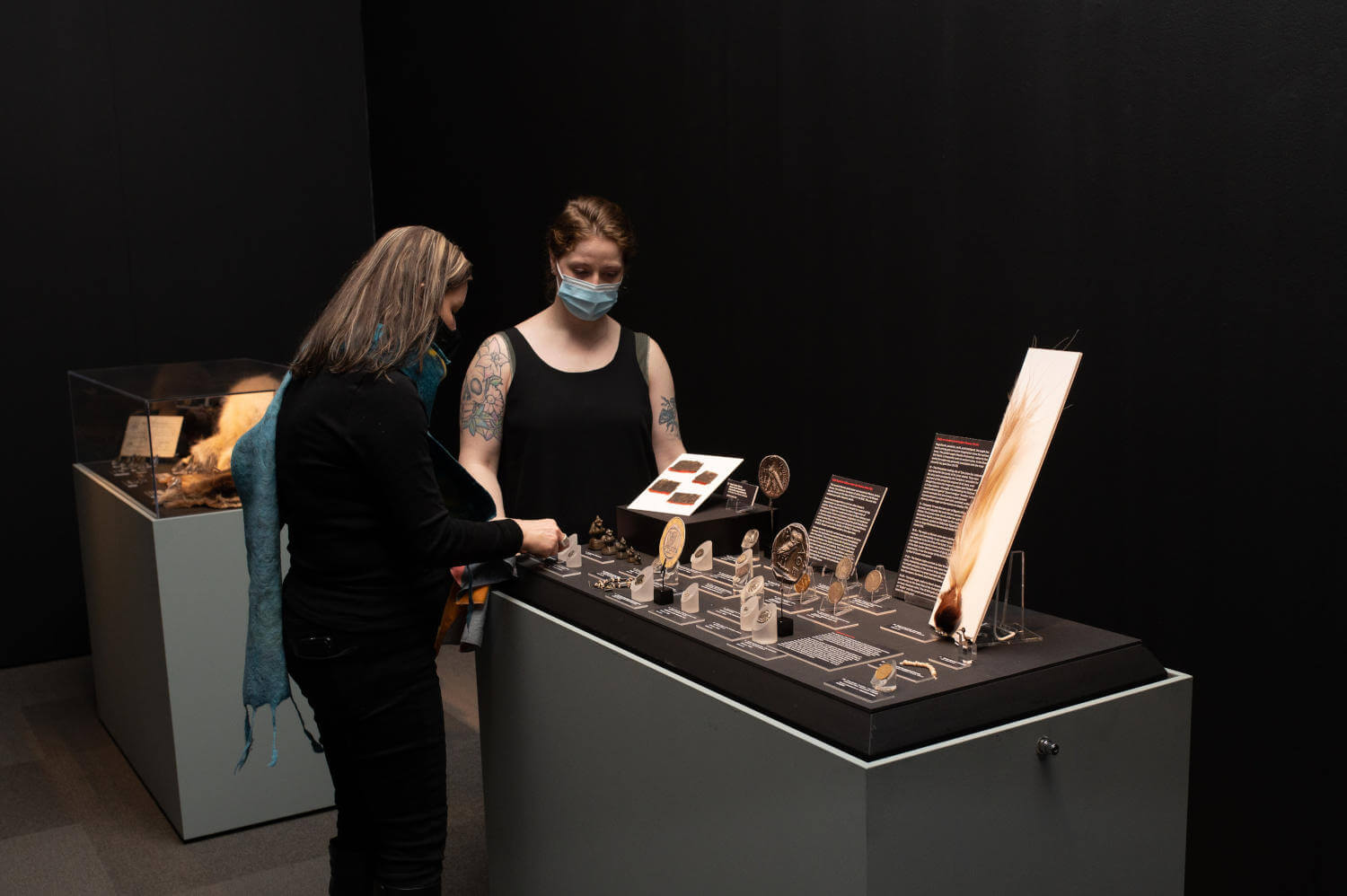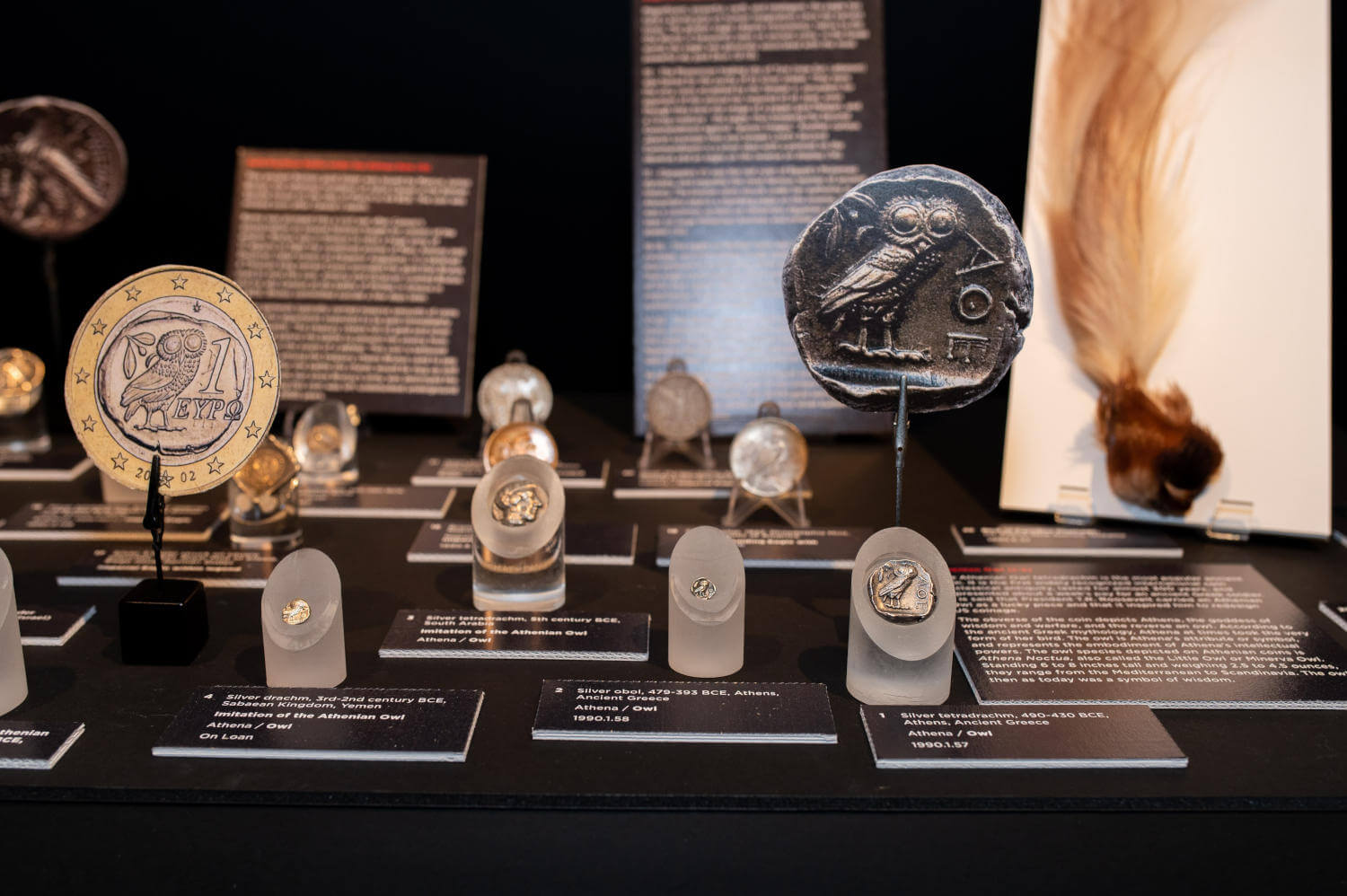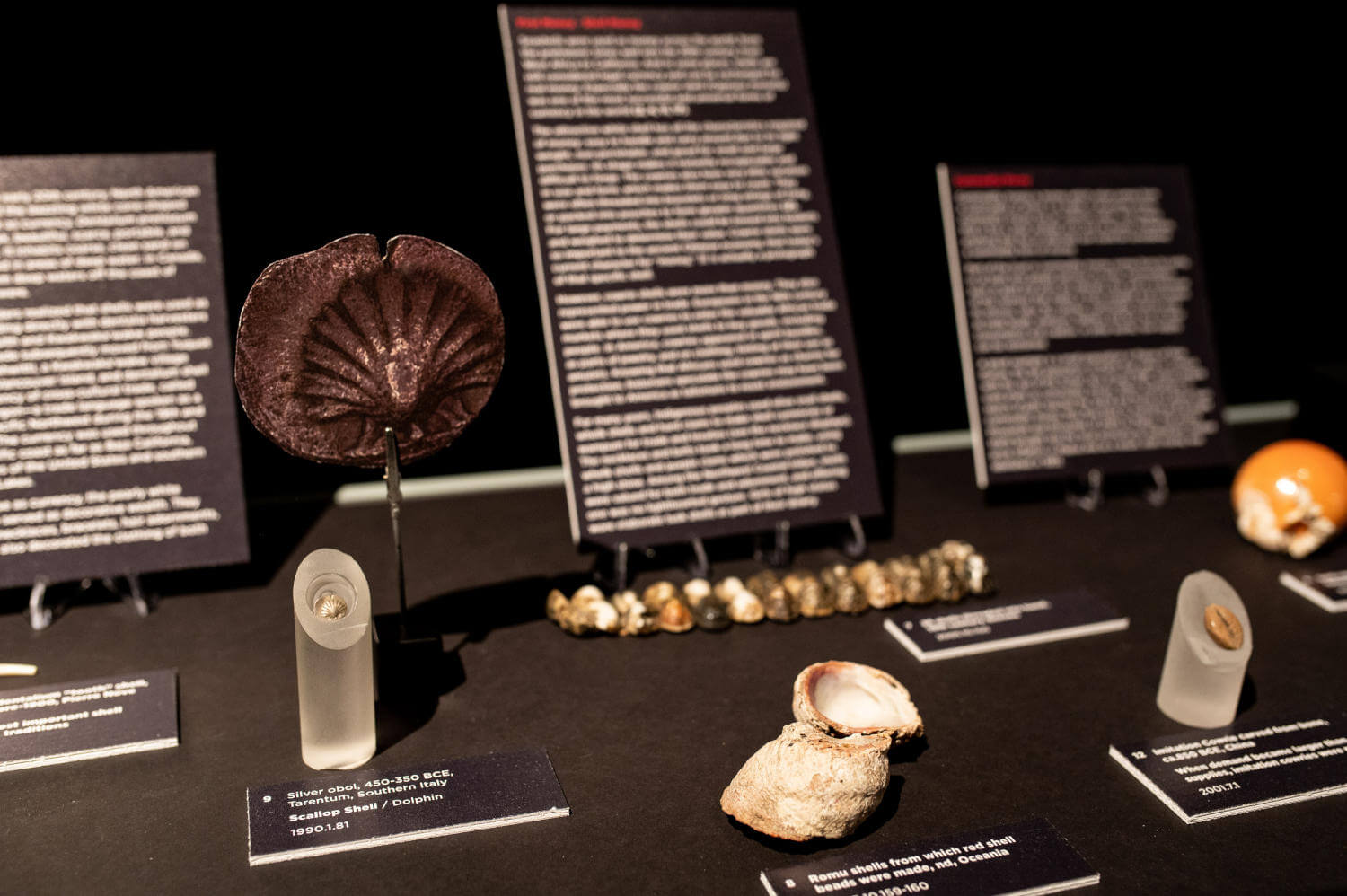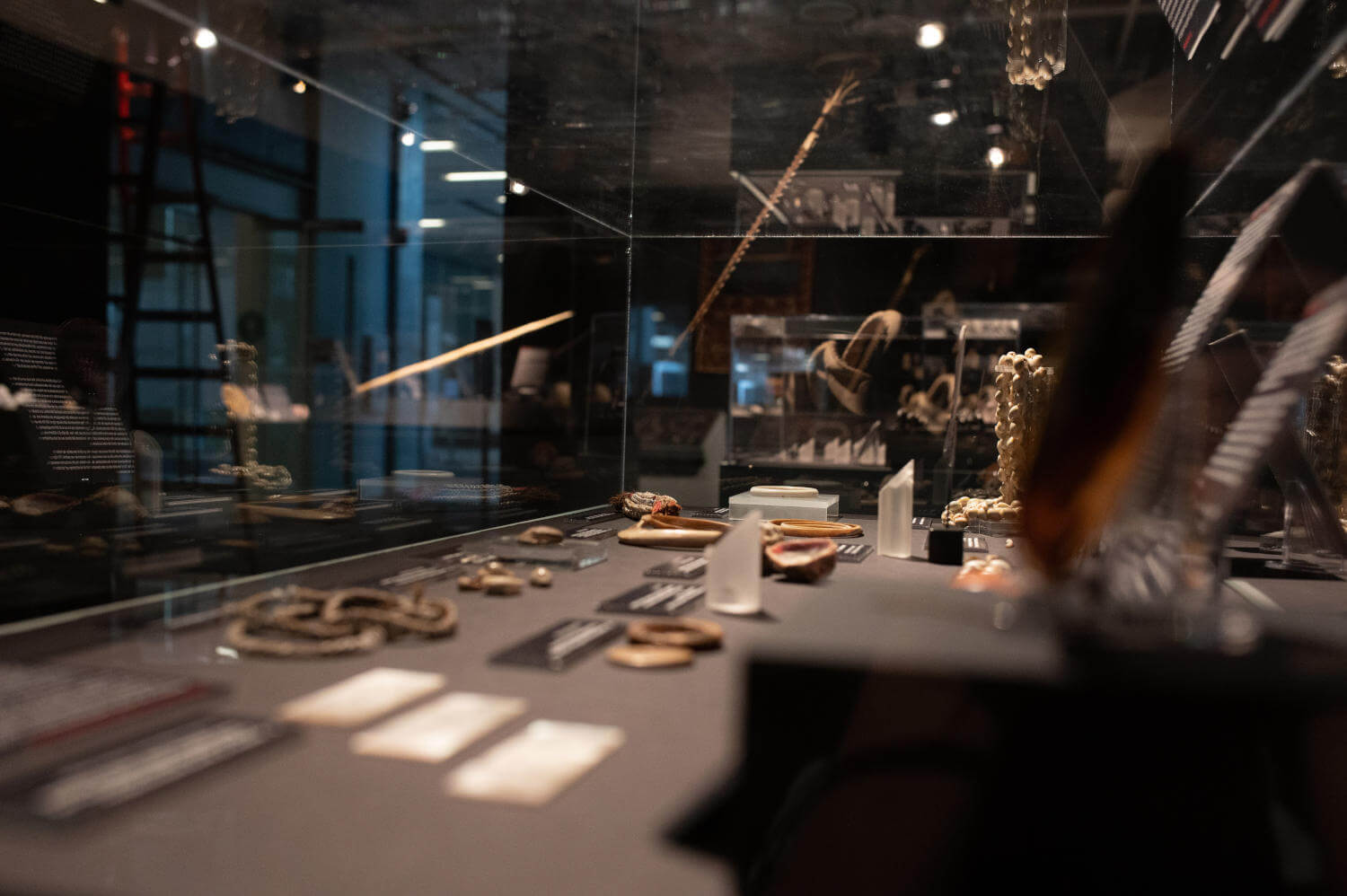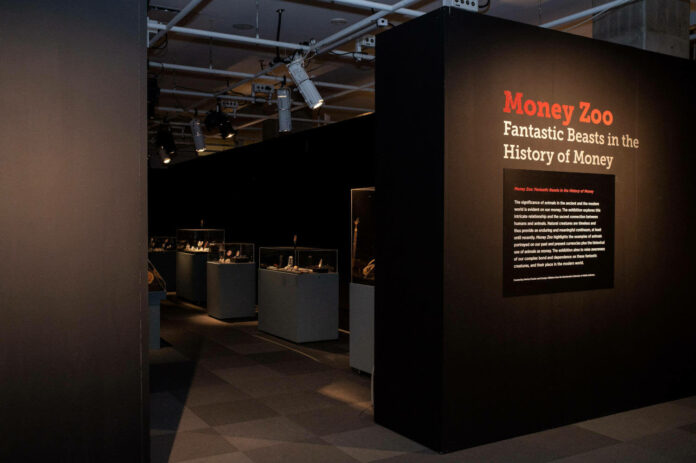
The new exhibition at Nickle Galleries (University of Calgary), titled Money Zoo: Fantastic Beasts in the History of Money highlights the importance of animals in the human world. Our link with natural creatures is timeless and enduring. What is this intricate relationship, the sacred connection between humans and animals? What kind of evidence do we have from money and trade? Trying to answer these questions, the exhibition highlights the examples of the historical use of animals as money as well as animals portrayed on our past and present currencies.
The use of money today is so ubiquitous that we seldom give thought to why it functions the way it does, how it came to be, or what we do without it. It often comes as a surprise when we learn that trade items and diverse forms of money have been used as currency for thousands of years prior to the invention of coinage, or even simultaneous with it. Hundreds of different items made from animals and other life forms have been used to accommodate the diverse needs of everyday commerce and trade by different societies throughout history. Some defy credulity, while others have stood the test of time.
“For example, during the period of Canadian fur trade, Indigenous people brought animal pelts to Hudson’s Bay Company posts to trade for European manufactured goods,” says Marina Fischer, the exhibition curator. “Prized for their water-repellent fur, beaver pelts traded at a premium, and by 1748 they became the ‘Standard of Trade.’ By the mid-19th century, the beaver was close to extinction.” Fortunately, the demand for beaver pelts all but disappeared after hat-makers found silk fabric to be more economical and just as stylish. The beaver was given an official status as an emblem of Canada on March 24, 1975. Canadian animal coins, beaver pelt, Arctic white fox fur and trade tokens can be found on display.
Another fascinating case is a shark tooth sword from 30 pairs of shark teeth from Solomon Islands. Used as commodity money and a trade item in the area, today the shark teeth can serve as an ecological snapshot of the reefs that lined the islands more than a century ago, reflecting the historical biodiversity in the reefs that has since been lost due to environmental degradation. Sword teeth from different shark species, some undocumented within thousands of miles of the islands, allow scientists to study “shadow biodiversity” – the life of an earlier ecosystem before humans played a role in these sharks’ local eradication. These and similar artifacts serve as a valuable time capsule of the ecosystems that predates modern scientific studies.
Other exhibition themes include birds, turtles, horses, lions, bulls, elephants, bees, shells, a narwhal tusk and even a Papua New Guinea necklace made of beetle legs. An elephant coin by Julius Caesar, eagle coins by Brutus and Cleopatra VII, Celtic horse coin by Queen Boudicca, mother-of-pearl gaming tokens that belonged to one of King George III’s sons, bird feathers, the first European turtle coins, Indigenous shell necklaces, the first world’s coinage with a roaring lion, whale teeth, and the very last pagan coin of the Roman Empire depicting an Egyptian sacred bull are just a few captivating examples on display.
“The fundamental role animals have played in shaping human societies can be seen through their symbolic use in the iconography of money,” says Carolyn Willekes, exhibition co-curator and professor at Mount Royal University. “This often reflects societal perceptions towards that species and its significance in relation to cultural identity; but it is also evident in the value attached to the physical form of the animal itself both as an item of economic trade and a marker of status.”
Money Zoo was curated from the unique and invaluable money collection, the Nickle Numismatic Collection, housed at Nickle Galleries, Libraries and Cultural Resources in the TFDL building. The collection consists of 23,000 objects starting with the very first coinage to the money of the modern era, including over 300 objects often described as traditional, pre-coinage or pre-colonization currencies.
“The exhibition aims to raise awareness of our complex bond and dependence on these fantastic creatures, and their place in the modern world,” adds Fischer.
Curated by Marina Fischer in collaboration with Carolyn Willekes, Mount Royal University, from the Numismatic Collection of Nickle Galleries. With the generous support from Anna Benko. Money Zoo at Nickle Galleries in the TFDL is running until May 27, 2022.
Here you can find more information on the Money Zoo exhibition.
This is the official website of the Nickle Galleries.
The collection can also be viewed online.
Have a look at the virtual overview of the exhibition.




